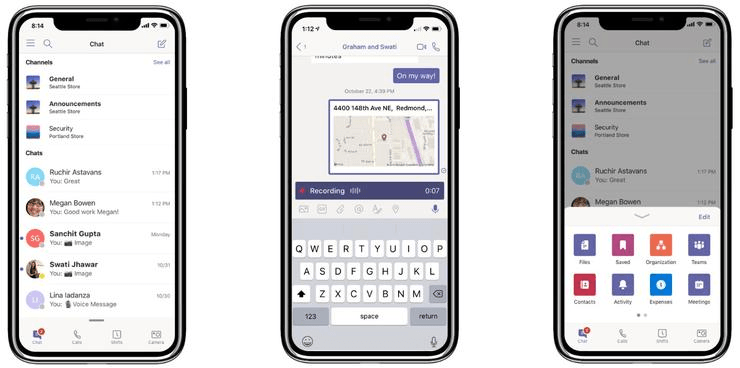Evolution of Microsoft Teams
Microsoft's TEAMS collaboration platform is underlying a rapid development indicated by the latest changes. Initially it was unveiled in 2016 as a competitor to Slack and largely focused on the needs of information workers.
The latest updates will help Microsoft differentiate Teams in a crowded collaboration software market. It has started as a horizontal team collaboration solution. Microsoft Teams is now taking the next step by identifying specific use cases address, and deliver tailored, packaged offerings to meet the needs of the users. It is to be expected that Microsoft builds on this moving forward as it looks to reinforce its head start with the first-line worker updates.
There is a variety of communication and collaboration tools existing, that deskless workers can choose from. Even Facebook has targeted its Workplace application at staffers of all types. The most commonly used tools by frontline staff are likely to be consumer apps such as in particular WhatsApp, or Facebook Messenger and even text messages.
Microsoft's advantage is to be more compliant to IT standards of companies, especially in terms of security. Hence, Teams will be “welcomed by IT buyers. Still it remains a change management challenge to convince staff to switch to corporate-mandated mobile communication apps. Features such as the new Shifts tool for shift management will be extremely valuable in pulling people into the Teams app.


